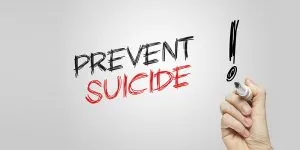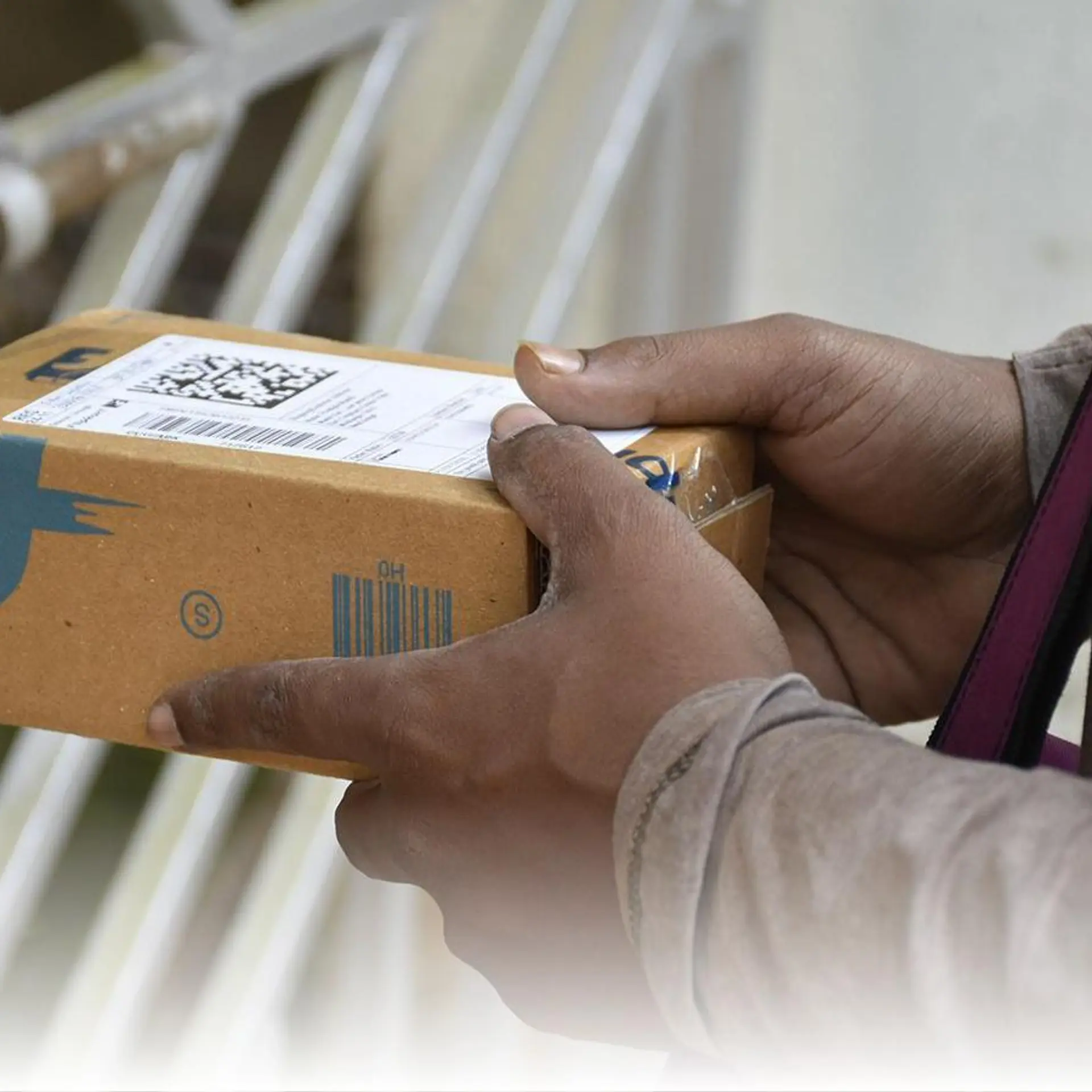[World Suicide Prevention Day] You can save your co-worker’s life
It is not only HR professionals or mental health experts who have the ability to help a co-worker in distress. How can you, as a colleague, support someone who is crying out for help?

With the rising amount of stress we face in our daily lives, the workplace is fast becoming a crucial space to aid suicide prevention. This article explores how organisations can prevent suicide and offer support to employees who may be vulnerable.
When a person is depressed or has suicidal thoughts, it is the people who are closest to them who pick up cues from their behaviour. In our workplaces, we are the first to know when a colleague is stressed. Being sensitive to these situations can help us play a critical role in aiding our colleagues and preventing suicide.
Who is a gatekeeper?
A gatekeeper is someone who believes that suicide can be prevented and is willing to give time and energy to this cause. It could be a teacher, a neighbour, or a coworker. As a gatekeeper, you have to be able to sound the alarm when you identify someone who is distressed, provide initial emotional support and then refer them to a mental health professional.

Identifying who is at risk
Suicide is not something that happens out of the blue. Usually, an incident or a phase of difficult events make a person contemplate suicide. These could be life-changing events such as losing a loved one, ending a relationship, losing property or money, or any experience that the person sees as shameful or humiliating. In India, depression, relationship issues and severe losses are the most common triggers.
Here are some behaviours that could alert you to suicidal ideation:
- Mentions of: dying, not wanting to live, or life losing all meaning.
- Excessive interest in details about killing, dying, or suicide.
- Talks about being useless or being a burden on family and friends.
- Researching methods of committing suicide, analysing pros and cons of different methods.
- Being uncharacteristically subdued or depressed for long periods of time
- Frequent mood swings.
- Addiction to alcohol or drugs.
- Uncharacteristic neglect of work, responsibilities or personal hygiene.
- Interest in practical matters related to death: making a will, benefits of a life insurance policy, planning their funeral.
If you pick up hints that a colleague is agitated or distressed, and know that they are going through a tough phase offer your support to them.
On the work front, here are some cues that the HR team and managers can keep an eye out for:
- Sudden absenteeism, or change in work patterns. E.g., a person who was usually on time is suddenly struggling to meet deadlines.
- During downsizing or changing of roles: employees who stand to lose their jobs, or who may face a significant change in responsibilities.
- Employees who are not from the region, and who have to make significant lifestyle changes to adapt to their new roles.
It’s essential to remember that these risks don’t always make a person vulnerable to suicide. Rather, they indicate that the person requires additional support to cope with their new circumstances.
Do’s and don’ts for gatekeepers
Suicidal thoughts arise from a person’s emotional turbulence and their inability to cope with it at that moment. If you can help decrease the person’s distress to a manageable level, they are less likely to commit suicide. You can help them manage their distress by listening, offering help and creating a supportive network.
- Don’t minimise the other person’s problem. We all have different tolerance levels, and different ways of coping with things that go wrong.
- Avoid using platitudes like “I’m sure you’ll manage,” “Be strong,” “Suicide is not the answer,” or “Everyone has problems.”
- Avoid being judgemental: “Suicide is bad,” or “Don’t be a coward.”
- Avoid suggesting strategies to the person: “Have you tried…?”
- Don’tmake the person feel guilty or ashamed of their thoughts, “Imagine what your parents/ family will go through…”
- Let the person know that they are valued and you are concerned for them,
- Avoid offering advice or suggestions, unless you are specifically asked to do so. It is preferable that you listen to the person and then offer suggestions (if needed).
- Gently remind the person that they have handled things in the past, and that they can count on themselves.
- Acknowledge the person’s distress, and ask them what makes life worth living. The person can create this list and use it as a reminder when they feel low.
- Focus on their strengths and try to identify resources within the person and in their environment.
- Offer unconditional support and be available.
When gatekeepers feel overwhelmed
Sometimes, as a gatekeeper, you may feel overwhelmed with the idea that you are assuming responsibility for saving a person’s life. Remember, however, that you don’t have to do it all by yourself. Sometimes, a small talk can also have a great impact on the person, and make them reconsider their decision.
The person who is in crisis is aware that you cannot fix the problem. They approached you because they feel helpless, and need emotional support.

Workplace’s responsibility
It is the employer’s responsibility to set up a system in which a gatekeeper can approach a specific person - an HR professional or a mental health expert - who will support them.
Having a system helps gatekeepers have a clear idea of how to follow up after the initial conversation. It also prevents such cases from becoming fodder for office gossip. Anyone can be a gatekeeper with some training. In the interest of employee welfare, the organization can create as many gatekeepers as possible, spread across several locations for better access.
Creating gatekeepers in the organisation
Organisations such as SNEHA in Chennai and NIMHANS Center for Wellbeing in Bangalore offer gatekeeper training. The training focuses on identifying the risk for suicide, assessing the level of risk, identifying resources and suicide counters or protective factors, sign posting to appropriate professionals, and techniques for decreasing emotional turbulence.
This article has been curated by White Swan Foundation with inputs from Dr Gururaj Gopalakrishna, Head of the department (epidemiology), NIMHANS; Dr Prabha Chandra, professor of psychiatry, NIMHANS; Dr Seema Mehrotra, additional professor of clinical psychology, NIMHANS; Dr Poornima Bhola, associate professor, department of clinical psychology, NIMHANS; and Dr Senthil Kumar Reddi, associate professor of psychiatry, NIMHANS.
(Disclaimer: The views and opinions expressed in this article are those of the author and do not necessarily reflect the views of YourStory.)


![[World Suicide Prevention Day] You can save your co-worker’s life](https://images.yourstory.com/cs/wordpress/2017/09/shutterstock_695880502.jpg?mode=crop&crop=faces&ar=2%3A1&format=auto&w=1920&q=75)




